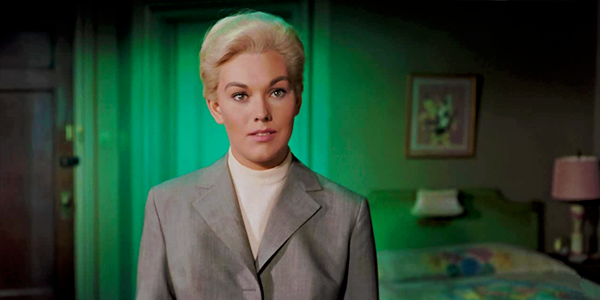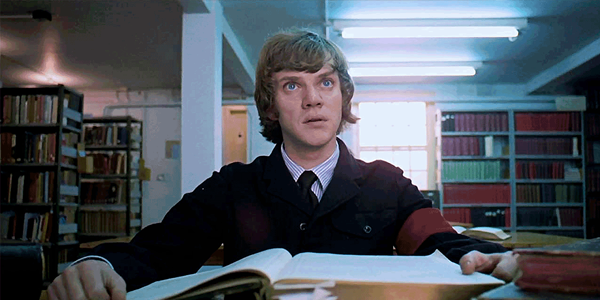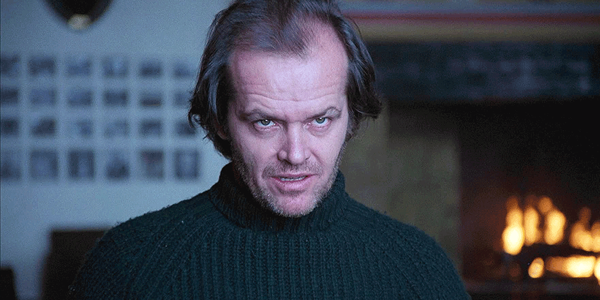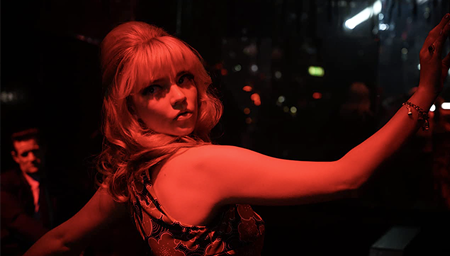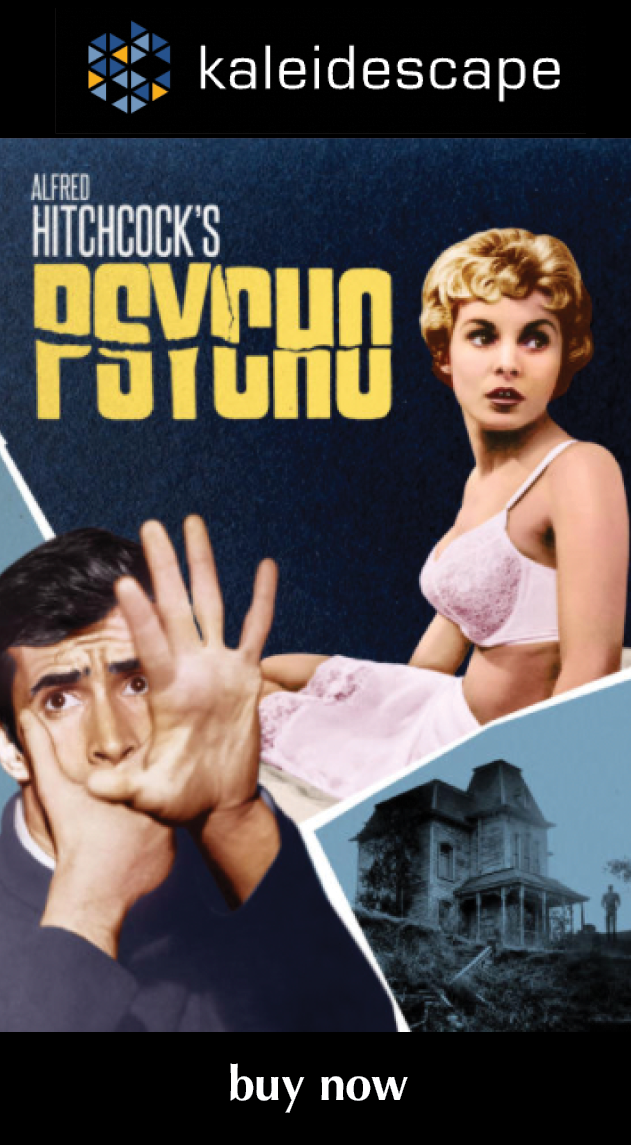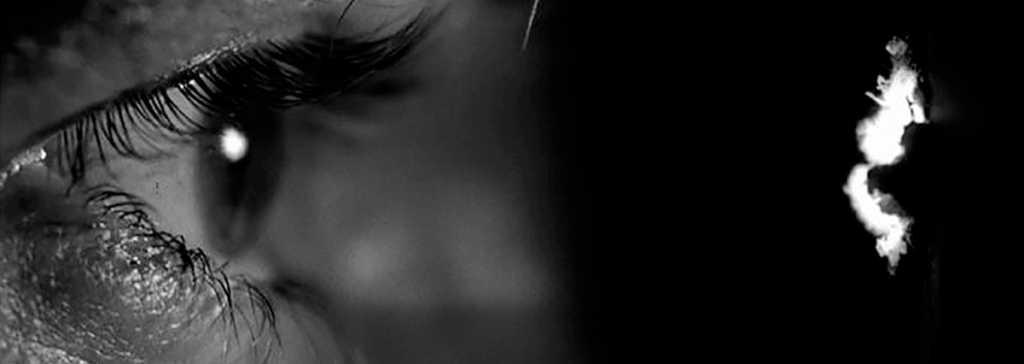
review | Psycho
Seeing this film in 4K not only underlines how much Hitchcock reinvented himself here but how much he changed filmmaking forever
by Michael Gaughn
September 11, 2020
This was supposed to be a review of Rear Window. But I had such a strong reaction to watching Psycho in 4K that Hitchcock’s lurid horror classic quickly pushed its way to the front of the reviewing queue.
More has probably been written about Hitchcock than any other filmmaker, most of it boxing him in so tightly that he’s ended up as badly embalmed as Norman Bates’ mother. So I’m going to try to avoid retreading any of that ground here. My comments will be mainly about why you should care about Psycho in 2020—and why you should care about it in 4K.
First off, there’s Anthony Perkins. Sure, people have praised his performance before but I didn’t realize until this most recent viewing exactly how groundbreaking it was and how much it still reverberates today. Hitchcock was notorious for putting blinders on his performers, so while there are some exceptional breakout performances in his films (I’m thinking of Robert Walker in Strangers on a Train in particular), they’re rare, and tend to happen not because the actor was given extraordinary latitude but because he figured out how to roll within Hitchcock’s often stifling restrictions.
Perkins turns that straitjacket into a virtue, offering the most direct, nuanced, and startling performance in any Hitchcock film. (His bursting in on Vera Miles at the end always seems so comical because he has kept Norman on a such a believably tight leash until then.) There are many things in Psycho that are unique for a Hitchcock film (I’ll get to that in a minute) but this is the most unusual. As soon as Perkins says his first lines to Janet Leigh, Psycho pivots from a traditional studio-era production into the cinematic unknown.
And then there’s the enduring influence of his performance, which has become the standard for any actor attempting to explore the extreme edges of dissociation. It’s hard to watch his Norman Bates and not see De Niro’s Travis Bickle—or even Rupert Pupkin. To watch Perkins in this film is to watch him actively and radically reinvent film acting—all while under his director’s unblinking gaze.
But Hitchcock ventured into all kinds of new territory in Psycho, and it’s fascinating to watch him try to reinvent himself as he grapples with the collapse of the studio system and the realization of how tightly he was bound to it. The tragic thing about Psycho was that he found it impossible to build on his many innovations here, instead retreating to what he already knew, which is why all of his later films feel half-baked and carry the fetid reek of nostalgia.
A lot has been made about Hitchcock using a TV crew to shoot the film but that kind of misses the point. Psycho, on the moviemaking level, is mainly about Hitchcock grappling with his increasing bitterness, cynicism, disorientation, and misogyny in a world where he could feel his influence as a filmmaker and a personality waning, and figuring out what the hell to make of his unmistakable attraction to La Nouvelle Vague, a movement that worshipped his work but couldn’t have been further removed from his Hollywood-machine style of filmmaking.
Any talk of Hitchcock’s misogyny in the age of the New Puritanism is guaranteed to fall on deaf ears—but that doesn’t mean it shouldn’t be said. His take on women was far more deft and complex than he’s usually given credit for (consider, for instance, that the two most assertive and courageous characters in Rear Window are Thelma Ritter and Grace Kelly, and how Eva Marie Saint makes Cary Grant look like a dope in North by Northwest). Yes, the sense of personal aggression in his handling of the Marion Crane character is troubling, but the film hinges on being able to see her through Norman’s eyes from the second he first encounters her in the rain at the Bates motel.
That’s one of the more New Wave elements in this very New Wave-y film, that not only is Marion not very likable—nobody in this film is, which is what forces you to gravitate toward Norman and feel some uncomfortably complex emotions about him as it all plays out.
As for the shock factor—it’s there, but not in the broad strokes that enticed and repelled audiences at the time. Probably the two most disturbing images now are Janet Leigh staring out at the audience with her face flattened against the bathroom floor and Perkins mounting Martin Balsam, butcher knife aloft, while Balsam lies on his back squealing like a stuck pig.
What’s more disturbing are the droller, more perverse touches, like forcing the audience to suffer John Gavin through the whole second half of the film, and the justly infamous penultimate scene where the smug psychiatrist explains all. But it’s worth enduring that to get to the brilliant Godardian shot of Norman in confinement, leading to him giving the camera what would become the patented Kubrick crazy stare, with that almost subliminal superimposition of Mother’s rotting face.
What 4K brings to all this is distressing—as in, you can see all the little nicks and scuff marks and tears and stains that evoke the shabby decay of the Bates Motel. It’s hard to emphasize how much this heightens the experience of the film. Given Hitchcock’s horror of any kind of filth, the idea of a place—and a mind—than rundown was probably truly terrifying for him, and it takes all the clarity of UHD resolution to faithfully convey that.
Strangely, capturing the full impact of 35mm film makes the subtle verbal duel between Perkins and Balsam that begins in the motel office and continues out on the walkway far more intense than it felt in earlier home video incarnations. This is another scene where Hitchcock went well outside his comfort zone, not only in the way he allowed the actors to fence, but in the way he turned it into a duel of acting styles that had until then had been foreign to his work. This scene had always felt kind of flat seen anywhere other than in a movie theater, until now.
But 4K both giveth and taketh away. This transfer does its best with some occasionally bad elements, the worst instance probably being a POV shot through Marion’s windshield at the 24:11 mark where the resolution and image enhancement create a giant swarm of digital gnats that make it feel like you’re watching the opening to Men in Black.
Also, without getting pulled into any sweeping generalizations, it needs to be pointed out that while the HDR version bests the UHD version, the differences are so subtle they’ll probably only register with hyper-critical viewers. Spot-checking scenes with a lot of gradation, like Marion and Norman in the lobby parlor (Chapter 8) or Norman burying evidence in the swamp (Chapter 12), showed only the slightest difference between versions.
But it’s hard to emphasize how much 4K does to revive Psycho and make it feel vital, instead of like some vaguely appreciated but permanently filed-away relic. And experiencing it in either UHD or HDR brings a new respect for its mostly restrained black & white cinematography. Color would have been too distracting, visually drowning out the impact of the film’s brutally pared-down main elements. And we can only shudder at the thought of 4K colorization.
As for the sound, you’re probably best off experiencing Psycho with the DTS HD Master Audio stereo track. The Master Audio 5.1 mix doesn’t make the film more engaging, just different. That’s not to say someone someday couldn’t do a compelling Dolby Atmos remix but they would have to be an absolute virtuoso to make their efforts dovetail with Hitchcock’s aesthetic.
And let’s pause for a moment to acknowledge Bernard Herrmann’s groundbreaking score, which is well served by both mixes. I had never really appreciated until I heard it here just how much Herrmann relied on the primal physicality of the bows scraping across the strings and the rough resonance of the string instruments’ body cavities—the cellos and basses in particular. Sure, that impression had always been there, on the verge of recognition, but this time that naked musical aggression seemed far more crucial to the impact of the music than the notes themselves.
Anybody who cares about movies beyond junk-food event flicks needs to make the pilgrimage to Hitchcock at some point in their lives, and there are far worse places to start than Psycho (like, say, Family Plot). Whether it gets under your skin on your first viewing is a matter of blind luck, but it will stick with you. If you haven’t seen it in a while, your best chance beyond the local revival house will be these UHD and HDR releases. And if you’re a rabid fan of the film, you should have already hit the download button by now.
Michael Gaughn—The Absolute Sound, The Perfect Vision, Wideband, Stereo Review, Sound & Vision, The Rayva Roundtable, marketing, product design, some theater designs, a couple TV shows, some commercials, and now this.
PICTURE | What 4K brings to this film is distressing—as in, you can see all the little nicks and scuff marks and tears and stains that evoke the shabby decay of the Bates Motel.
SOUND | You’re probably best off experiencing Psycho with the DTS HD Master Audio stereo track. The 5.1 mix doesn’t make the film more engaging, just different.
© 2025 Cineluxe LLC


